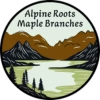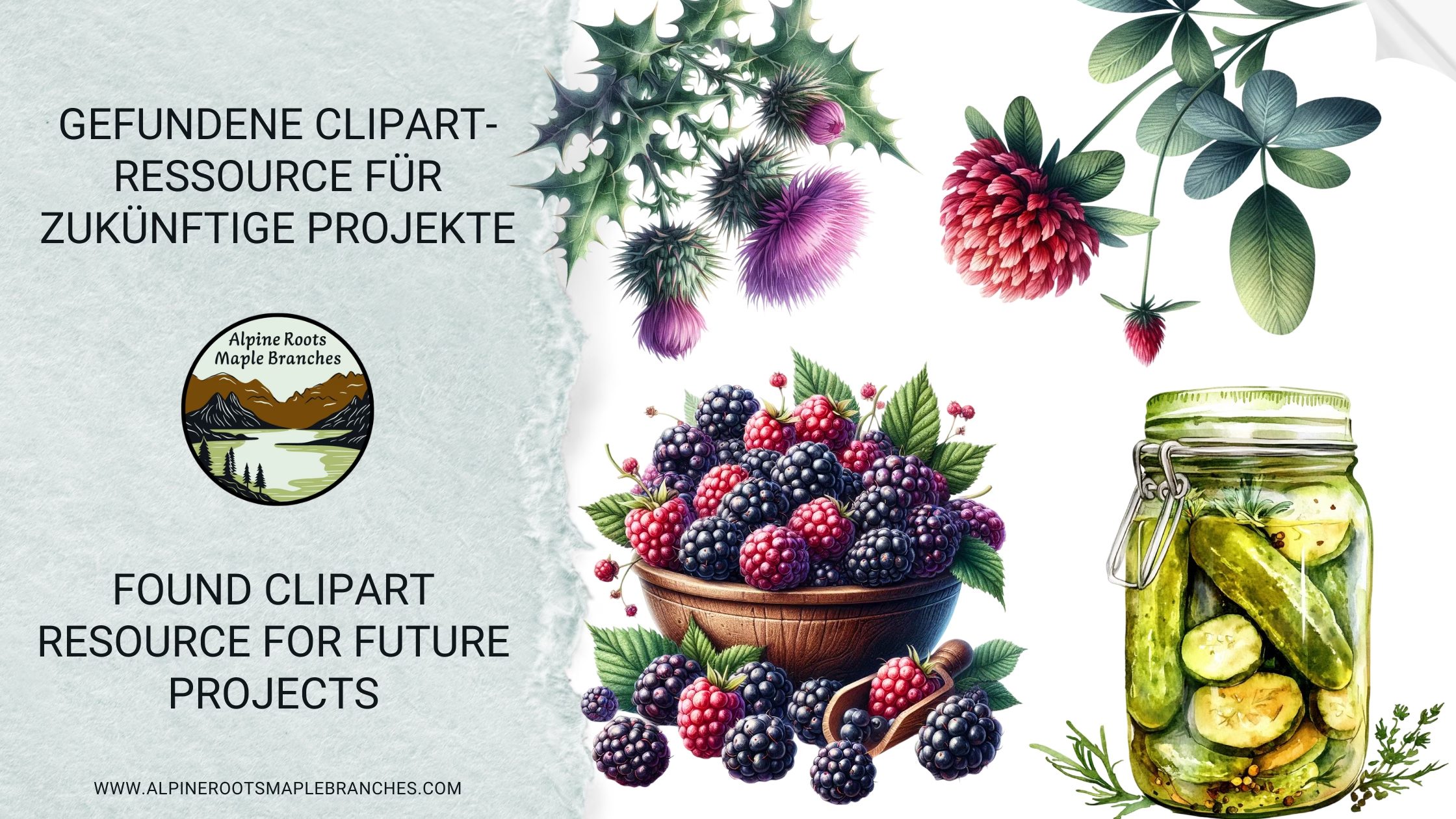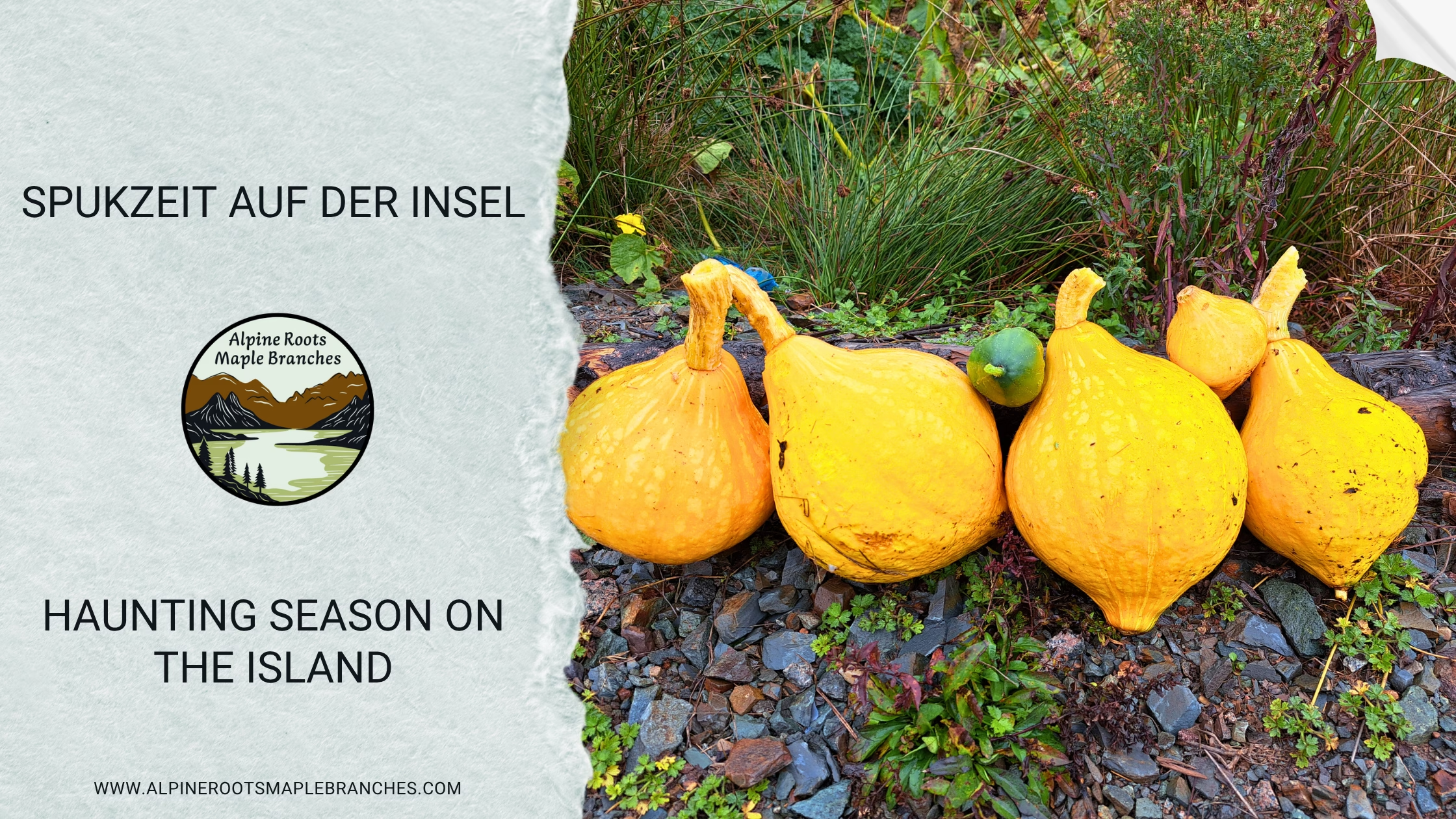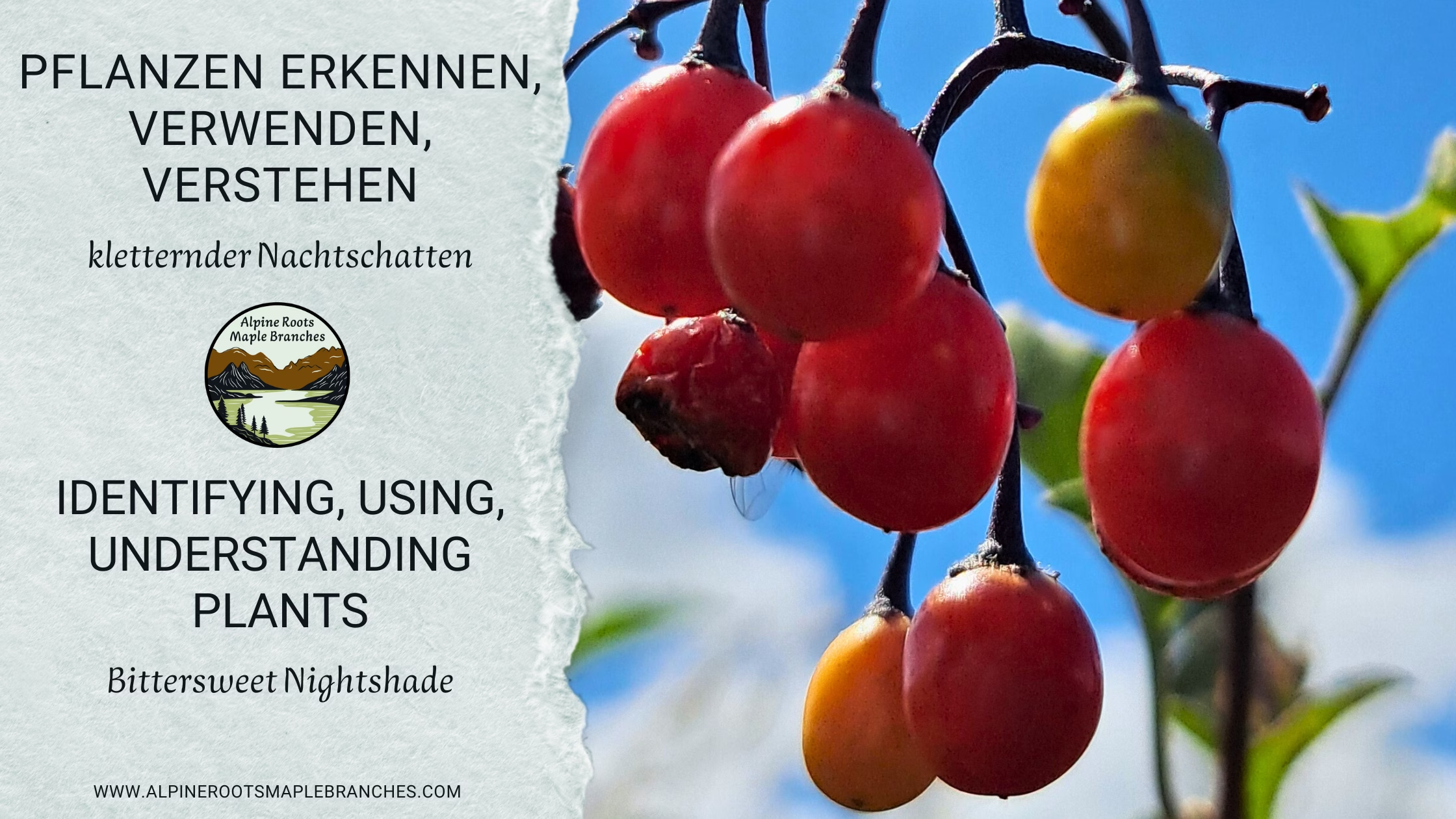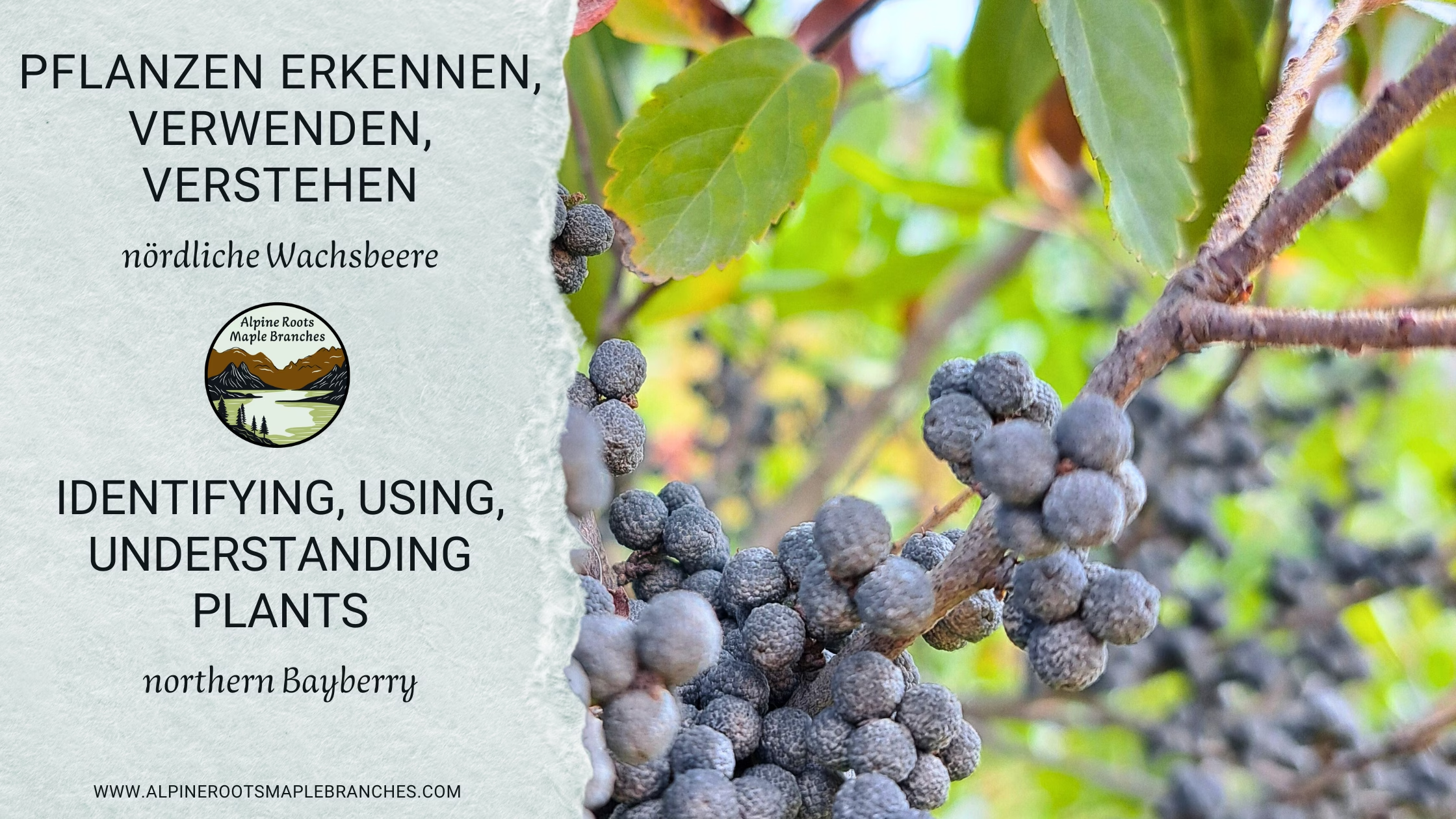Why a Humble Lichen Deserves Our Full Attention
You might not notice it—unless you know what to look for. Draped in soft gray-green threads from the branches of trees, Usnea, also known as beard lichen or “old man’s beard,” lives quietly in the shadows of damp forests. It’s not a moss. Not an alga. Not a plant.
It’s something else entirely—and quietly powerful.
What exactly is Usnea?
Usnea is a lichen, a symbiotic lifeform composed of a fungus and an alga living in intimate partnership. The fungus provides the structure and moisture regulation, while the alga produces food through photosynthesis. The result is a threadlike, bushy growth that hangs from branches, especially in moist, cool, and shaded forests.
Its most recognizable feature? A stretchable inner cord that appears when gently pulling it apart—a key identifier in the field.
But beyond its delicate form, its function is where the magic begins.
A Living Indicator of Clean Air
Usnea is extremely sensitive—to toxins, heavy metals, and pollution. It will only grow where the air is clean, free from industrial emissions and urban exhaust.
If you find Usnea in a forest, you’re likely standing in a place where the ecosystem is still breathing freely. For scientists and herbalists alike, Usnea serves as a reliable bioindicator of environmental health—and a quiet guardian of forest balance.
A Traditional Medicinal Ally
Long before the science was clear, Usnea was used in folk and Indigenous medicine across the Northern Hemisphere. Its main active compound, usnic acid, is a potent natural antibiotic—particularly effective against gram-positive bacteria.
Traditional applications (external and internal):
For respiratory conditions like bronchitis, coughs, and sore throats
As a natural antiseptic for wounds and abrasions
To ease skin irritations and inflammation
As a mild immune support agent
⚠️ Note: Usnea is powerful—and not without risk. In large doses or frequent internal use, it may be hepatotoxic. For home use, we recommend external preparations only, such as tinctures or herbal salves.
Harvesting with Respect
Usnea grows incredibly slowly. It may take decades to form mature strands. That’s why responsible harvesting is essential:
- Never pull from living trees
- Only gather from fallen branches after storms or windfall
- Harvest sparingly—or not at all if unsure
In some regions, Usnea is protected or considered ecologically sensitive. The golden rule: observe more than you take.
Simple Remedies from the Wild
If you’re someone who enjoys working with herbs or wildcrafted medicine, Usnea offers two deeply grounding, easy-to-make remedies:
- A Usnea tincture for wound care and natural antibacterial support
- A Usnea salve for skin healing, bug bites, and minor cuts
You’ll find all the details in our plant profile here:
👉 Usnea – Botanical Profile & Home Remedies
Final Thoughts: The Power of Stillness
Usnea doesn’t grow fast. It doesn’t shout for attention. It simply exists—quietly, gracefully, slowly.
And that’s the gift.
It teaches us to move gently.
To pay attention to what thrives in the margins.
To value slowness, and subtlety, and the kind of medicine that doesn’t ask to be seen.
Sometimes it’s enough just to know it’s there.
That the forest still breathes.
And that something ancient is watching over it, one thread at a time.
